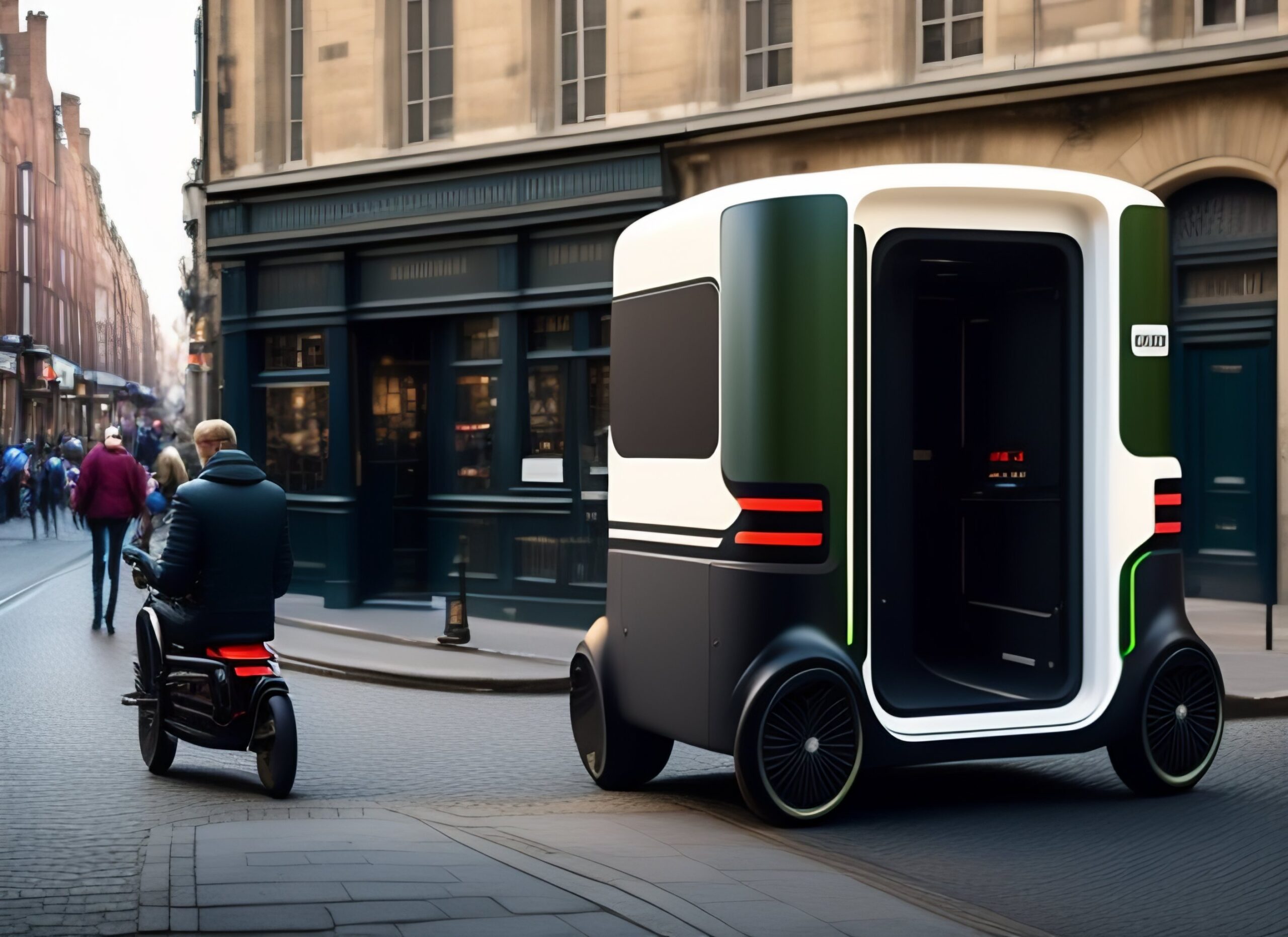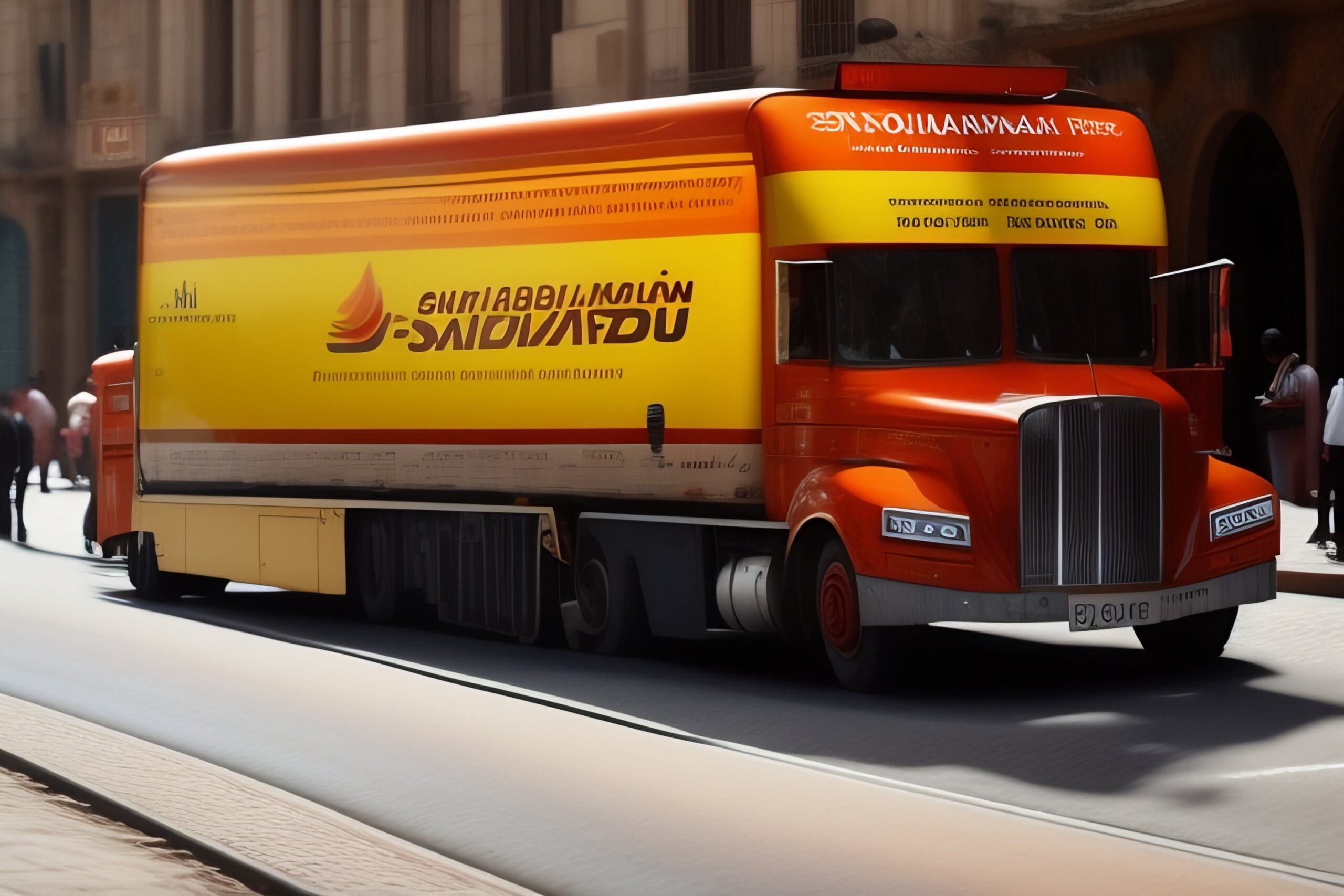Courier vs Delivery: Key Differences

Delivery services and couriers transport items and packages from one place to another. But there are some big differences between delivery and couriers in terms of what they ship, where they take things, how fast they get there, what it costs, and more.
This article explains the main ways delivery and couriers are different. It looks at:
– What they ship
– Where do they take stuff
– How long it takes
– How much it costs
– Their trucks and drivers
– How they use technology
– Customer service
– Company examples

By understanding the differences, you can pick the best way to send packages, documents, food, and anything else that needs to go from point A to point B. Businesses can also choose the right shipping for their supply chain needs.
What They Ship
A main difference between couriers and delivery is what kinds of things they transport.
Couriers Transport:
- Important documents for business
- Computer parts and prototypes
- Medical samples from hospitals
- Expensive electronics like phones
- Urgent machine and car parts
- Legal and financial papers
- Displays and materials for big events
These items need special care and handling to track where they are and make sure they arrive safely.
Delivery Ships:
- Packages from online stores
- Food and grocery orders
- Alcohol and restaurant orders
- Big stuff like furniture
- Prescription medications
- Auto parts
- Books, toys, clothes
- Supplies for businesses
Delivery focuses more on shipping lots of boxes and bags to homes and offices. Couriers take more specialized, valuable stuff.
Where They Take Things
Another big difference is where couriers and delivery companies transport items.
Couriers Go:
- To over 220 countries across the world
- Between states across the country
- Use airplanes to transport things far away fast
- Offer same-day delivery across town
Couriers are flexible to take things across town or the world for global businesses.
Delivery Goes:
- Within one city or region
- Short trips under 50 miles
- From warehouse to customer’s house
- Stays in defined delivery zones
Local delivery sticks to neighborhoods, cities, and local areas. Their trucks and drivers stay in smaller areas.
Couriers handle worldwide logistics. Delivery focuses on community routes.
How Long It Takes
How fast things get delivered also differs between couriers and delivery.
Couriers:
- From same-day to next flight out
- Guarantee when shipments will arrive
- Provide real-time tracking updates
- Offer flexible pickup times
- Operate 24/7 year-round
Courier shipments are often urgent. Strict standards ensure medical samples or prototypes get there on time.
Delivery:
- Shipping tiers from same-day to 5 business days
- Only do evenings or weekends rarely
- Give specific 1 to 2-hour delivery windows
- Have order cut-off times each day
Local delivery splits shipping into same-day, next-day, and economy. But home deliveries usually just happen Monday through Friday during daytime hours.
How Much It Costs
Pricing and costs also differ quite a bit between couriers and delivery providers.
Couriers:
- Handle customs paperwork
- Offer shipment insurance
- Provide packaging
- Factor weight, distance, and special handling
As a complete service, courier prices cover door-to-door global transport, insurance, duties, and urgent routing.
Delivery:
- Just charge for transportation
- Add fees for large items
- Include fuel and peak delivery surcharges
- Require order minimums to qualify for free delivery
Local delivery focuses pricing on parcel weight, distance from the warehouse, and order value thresholds to qualify for discounted or free shipping.
Their Trucks and Drivers
Courier and delivery companies utilize different vehicle fleets and drivers too.
Couriers Use:
- Small vans, big trucks and semi-trucks
- Long-distance trucks that go across states
- Bikes, motorcycles, and cars for fast city delivery
- Airplanes to transport things between countries
- Special medical courier crews
To ship globally, couriers coordinate between air freight, long-haul trucks, vans, and alternative vehicles manned by specialized transportation teams.
Delivery Uses:
- Large numbers of mid-size trucks and vans
- Short-trip vehicles good for tight city streets
- Contract driver partners to flex capacity
- Employee driver teams for each region’s routes
- Drivers that know their local zones well
Local delivery companies focus on vehicles and drivers within city zones and areas. This helps them quickly do last-mile trips from warehouses to customer houses.
How They Use Tech
Both couriers and delivery providers use technology to improve services. But they focus on different things.
Couriers Use Tech For:
- Package tracking and sensors
- GPS tracking for security
- Customs paperwork automation
- Route optimization
- Digital proof of delivery updates
- Tying together global supply chain stages
Specialized couriers concentrate technology on supply chain visibility, customs digitization, managing hand-offs between transportation legs, and chain of custody across borders.
Delivery Uses Tech For:
- Inventory and order management
- Driver apps to optimize routes
- AI for better delivery time estimates
- Customer notifications and texts
- Secure porch and lobby deliveries
- Testing robots and drones
Local delivery service focuses tech on warehouse automation, driver app routing, improving customer experience with delivery location flexibility, and status updates.
Customer Service
Finally, customer service also looks much different between couriers and delivery operations.
Couriers Offer:
- White glove, personalized service
- Real-time tracking visibility
- Proactive delivery updates via text
- Customs brokers to help with paperwork
- Tailored solutions for unique requests
- Key account manager contacts
Specialized couriers provide high-touch, concierge support and transparency through customized communication and technology integration.
Delivery Offers:
- Let customers schedule and track themselves
- Just basic tracking visibility
- Solve issues reactively instead of proactively
- Provide support via email, chat, or social media
- Have FAQs and online resources
Local delivery enables convenient self-service e-commerce arrangements via order portals, text updates if delivery issues arise, and offers contact center or social media customer service support.
Delivery services and couriers transport items and packages from one place to another. But there are some big differences between delivery and couriers in terms of what they ship, where they take things, how fast they get there, what it costs, and more. This article explains the main ways delivery and couriers are different. It…